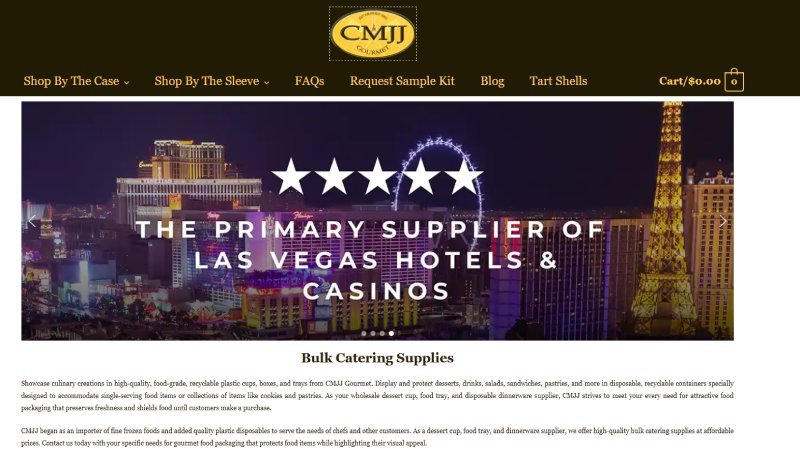
The fast food industry has proven to be one of the most lucrative sectors of the restaurant business, with millions of consumers worldwide depending on it for quick, affordable meals. However, launching a successful fast food business isn’t just about serving tasty meals at competitive prices. Success in this space requires careful planning, a deep understanding of the market, and effective strategies for operations, marketing, and customer engagement. This article will walk you through the key tips and techniques necessary for establishing and growing a fast-food business that can stand out in a crowded marketplace.
Market Research: Understanding the Industry
Before diving into the operational side of your business, it is crucial to understand the fast food industry itself. The first step is to stay abreast of current trends that are shaping the market. One such trend is the growing demand for healthier fast food options. With consumers becoming increasingly health-conscious, many fast food chains are offering lighter menu items, organic ingredients, and even plant-based alternatives. Another trend that has gained significant traction is the convenience factor. Delivery services, drive-thru options, and mobile ordering apps are no longer an afterthought, but rather essential components of a modern fast food business. These trends represent opportunities for you to align your business model with changing consumer preferences.
Next, identifying your niche is key to carving out your place in the market. Fast food is a broad category that encompasses everything from burgers and pizza to ethnic cuisine and vegan offerings. Finding a specific niche within this vast market allows you to target a unique customer base, differentiate your brand, and build loyalty among a specific group of consumers. Whether you’re focusing on traditional fast food items, offering a healthier menu, or tapping into the growing demand for international flavors, your niche will guide your brand identity and marketing strategies.
Understanding your target audience is also a vital part of your market research. The key to creating a successful fast-food business lies in knowing who you are serving. Are you targeting young professionals looking for quick lunch options? Are you catering to families with children? Or perhaps you are focused on attracting health-conscious consumers seeking wholesome meals on the go? Your target audience will influence your location choice, menu offerings, and overall business strategy. Check out CMJJ Gourmet for more information.
Crafting a Business Plan
Once you have a solid understanding of the market, the next step is to create a comprehensive business plan. A well-thought-out business plan will not only help you outline your goals and strategies but will also serve as a blueprint for securing financing and guiding your operations.
A critical part of your business plan is defining your vision and mission. Why are you opening a fast food business? What makes your restaurant different from the competition? Whether you aim to provide healthier alternatives to traditional fast food or bring an authentic international flavor to your area, having a clear mission statement will help attract customers who resonate with your vision.
Financial planning is another important component. Estimating startup costs is essential to understanding how much capital you will need to launch your business. Costs will vary depending on the scale of your operation, but you will need to account for equipment, initial inventory, the location lease, employee salaries, marketing expenses, and more. It’s important to create detailed financial projections, including sales forecasts and expected profit margins, so you can measure your success and make informed decisions along the way.
Location, Location, Location
When it comes to fast food, the importance of location cannot be overstated. A prime location can make or break your business. High foot traffic areas such as busy shopping streets, near office buildings, or in densely populated neighborhoods can provide the constant flow of customers needed for success. However, it’s not only about being in the right area but also about ensuring that the location is accessible. Ample parking spaces, easy access for delivery drivers, and visibility from the street are factors that contribute to your restaurant’s convenience.
Leasing terms are another consideration when it comes to location. The cost of renting a space can vary depending on its location, size, and condition. Be sure to negotiate favorable terms that will help you maintain profitability in the early stages of your business. Additionally, design your restaurant space with both operational efficiency and customer experience in mind. Whether you are focused on dine-in customers or takeout and delivery, your layout should enable fast service while keeping the dining environment comfortable and inviting.
Menu Development and Food Quality
Developing a menu that both meets customer demand and is easy to execute is one of the most crucial aspects of a successful fast-food business. Your menu should be simple yet diverse enough to attract a wide range of customers. Offering signature dishes that differentiate your business from the competition is an excellent way to build brand recognition. Limited-time offers and seasonal specials also add variety and excitement to your menu.
Another key consideration in menu development is the quality of the ingredients you use. High-quality, fresh ingredients ensure that your food will taste great and maintain customer satisfaction. Establishing strong relationships with reliable suppliers is vital for maintaining consistency. Managing your inventory effectively also ensures that you minimize waste while meeting customer demand.
Conclusion
Launching a successful fast food business requires more than just a good recipe. It demands careful planning, a deep understanding of the market, a strategic approach to operations, and an unwavering focus on customer satisfaction. By following these key tips and strategies, you can position your business for long-term success and stand out in an ever-evolving and competitive industry.